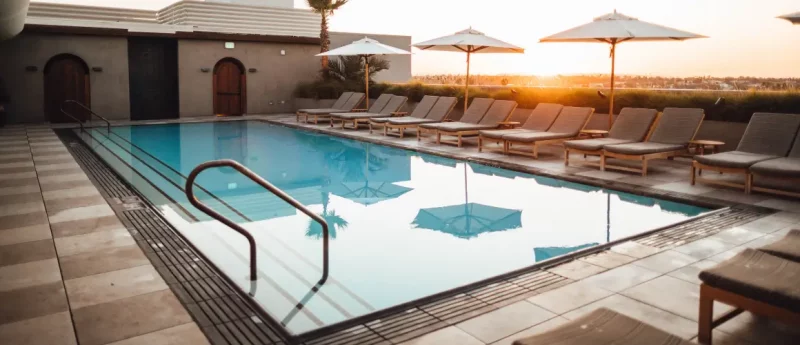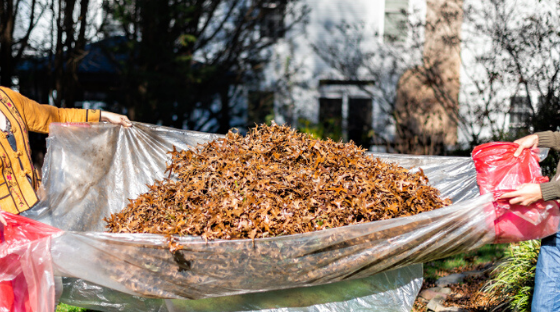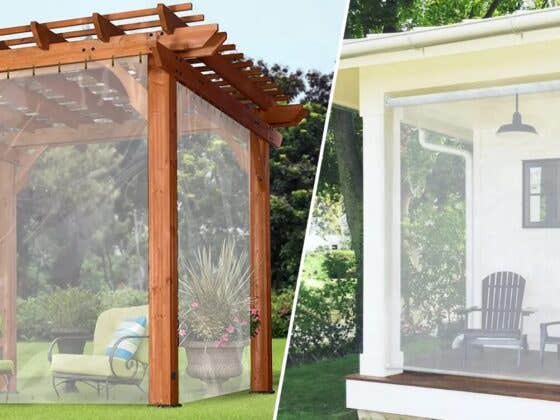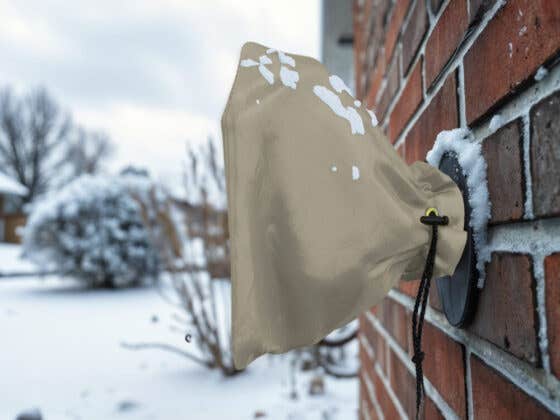As winter turns to autumn and leaves begin to fall, the time has come to roll up your sleeves and get to work preparing your pool for hibernation. Maintaining the upkeep of your pool is a year-round task that requires time and dedication, but there are a number of steps that make winterizing your pool a breeze.
Skim It Over

Ensure that your pool is prepared for hibernation by skimming debris out of it. This simple task is a regular part of year-round pool maintenance but is especially important to accomplish before any further fall and winter preparations. Use a pool skimmer to thoroughly rid the water of leaves, dead bugs, and any other debris that manages to find its way into the water. Check the filters and pump basket as well for any unwanted waste, as they are common spots for debris to clog. If you find your skimmings piling up, a heavy duty tarp can help collect all the gunk and grime for easy disposal.
Keep Your Balance

Testing the PH balance and alkalinity levels of the water is a crucial element of keeping your pool in tip-top shape. The proper alkalinity level should be in the range of 80-120 ppm, while a proper PH balance will be between 7.4-7.6 ppm. While a responsible pool owner will be familiar with performing these simple tests in the summer months, they aren’t to be neglected once winter rolls around. Once every two weeks, pull off the swimming pool cover and test the water for any imbalances. Running these tests ensures that your pool doesn’t run the risk of water corrosion, chlorine ineffectiveness, and skin irritation come next summer.
Equipment Check

You may not be taking dips in the backyard pool in the colder weather but ensuring that your pool equipment is properly functioning is key to year-round upkeep. Inspect your pump closely for corrosion or calcium buildup, which can be remedied with the addition of tablets and cleaning solutions specifically engineered for your pool’s delicate ecosystem.
If you find that any of the equipment is not in proper working order, be sure to have it repaired as soon as possible. Along with water balance tests, periodic equipment checkups should become a part of your winter pool routine. The more maintenance you perform in winter, the less steps you’ll have to take to bring your pool out of hibernation come spring.
If you live in a climate where freezing temperatures are fleeting, keep your pumps running when the freezing temps arrive. Remove any winterizing plugs from the pump, water filter, and heater (and any other drainable equipment that may have them). You can also install a freeze protector, which is a device that circulates the water when the temperature drops below 38-degrees.
This keeps the water moving, and moving water freezes more slowly. If you suffer prolong periods of below freezing temperatures, empty your pool and follow these important steps. If you have an above ground pool, follow these same steps to ensure a damage-free winter.
Storage and Surrounding Areas Solutions

Your backyard pool areas consist of more than just the pool itself. Line the areas of your pool house with insulated tarps, ensuring they’re ready for the impending chill of autumn and winter. If the house has running water, be sure to turn off the main water supply, ensuring pipes don’t burst and the house is properly shut down until warmer weather once again heats things up.
Additionally, you can use your winterized pool house to store the likes of lounge chairs, floats, and pool toys. Don’t have a pool house? No need to fret. You can always tuck toys and pool floats away in the garage or basement for next year’s fun in the sun. Protect any other poolside furniture with waterproof chair covers and chaise lounge covers that keep snow at bay. Leaving them outside to face the harsh elements of winter is a surefire way to ruin their integrity and your next pool season.
Roll Out The Cover

It’s time for the final step in your pool preparation routine: covering your pool. While some may opt to keep their backyard pool exposed to the elements throughout the cold season, experts recommend that pool owners avoid any potential risks by covering their pools with the best pool covers.
A sturdy pool cover like grecian pool covers or rectangular pool covers provides the inclement weather protection you need as well as prevents debris from building up over the course of winter. Easy to use cover tie-downs allow you to achieve a snug fit and prevent any cover installation woes. The sooner you can finish up pool protections, the sooner you can get to preparing the rest of your backyard for the changing of the seasons.

















Recent Comments